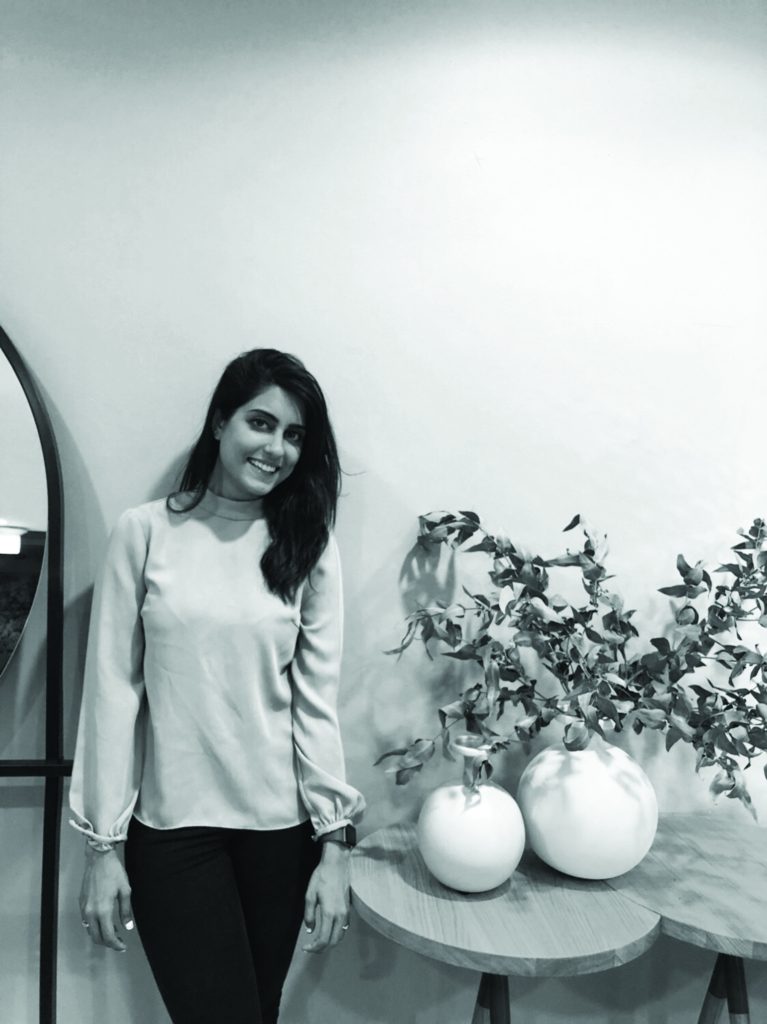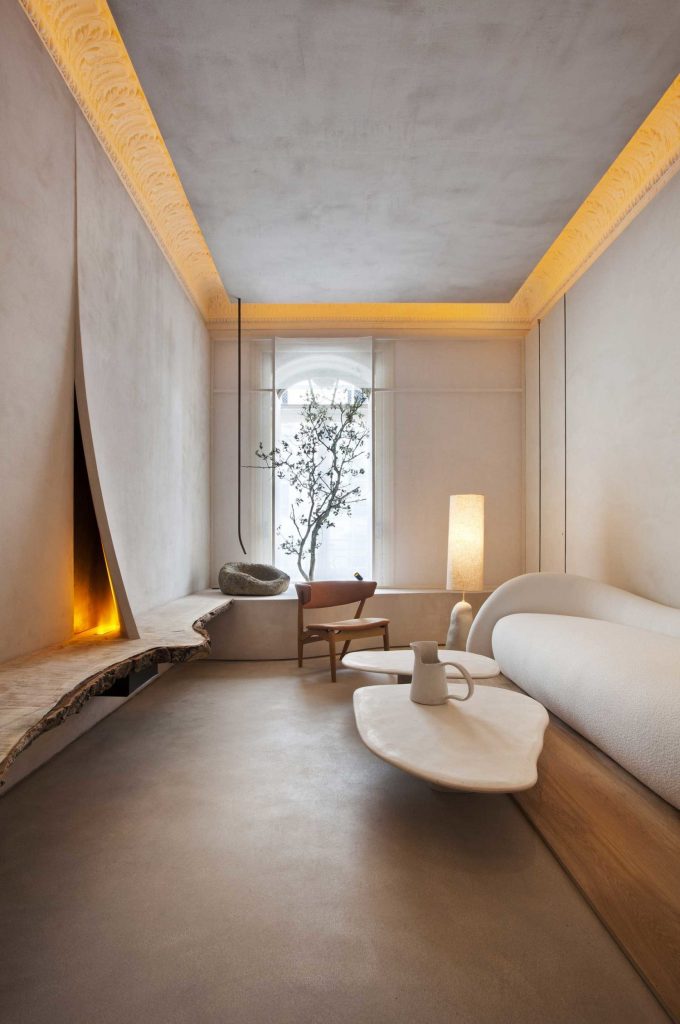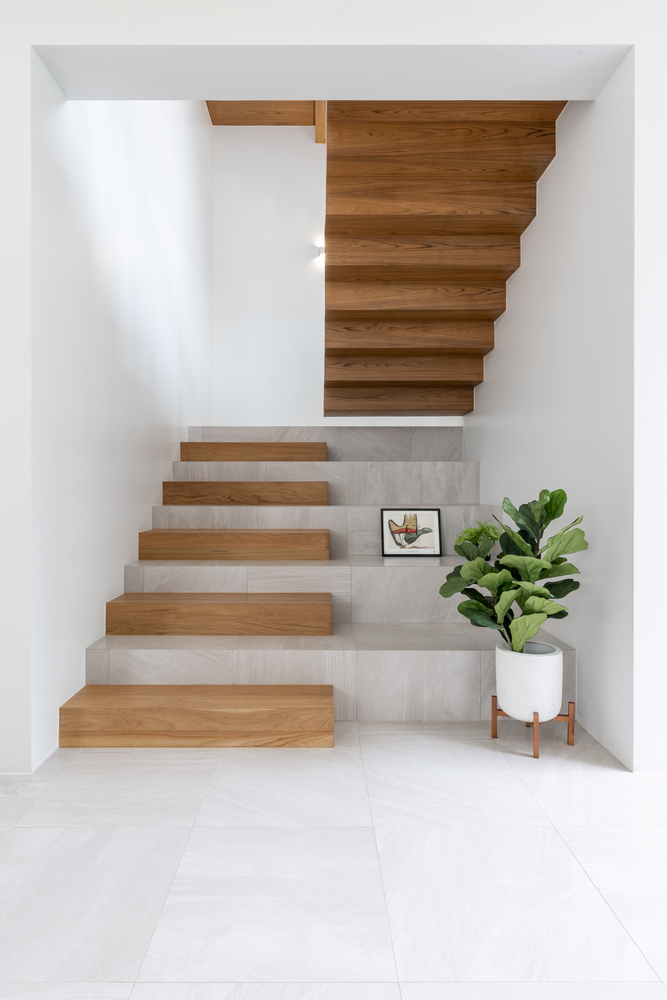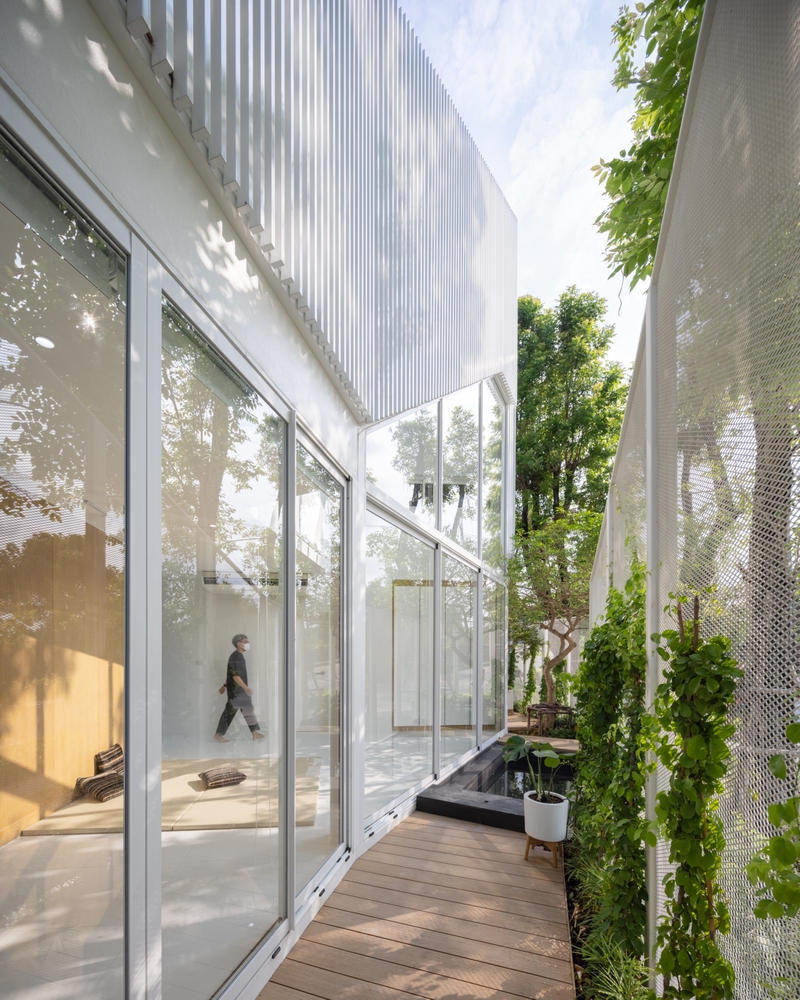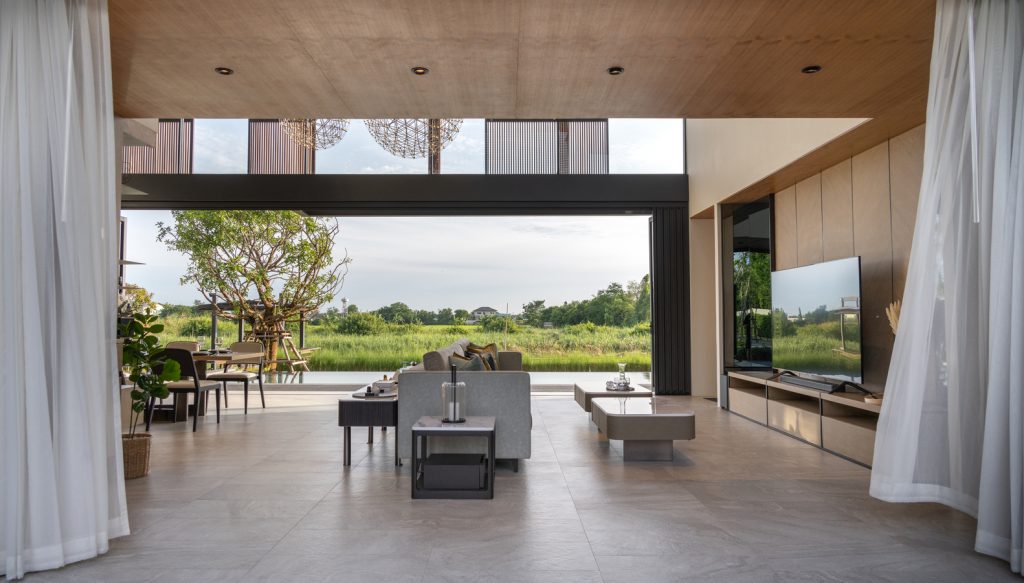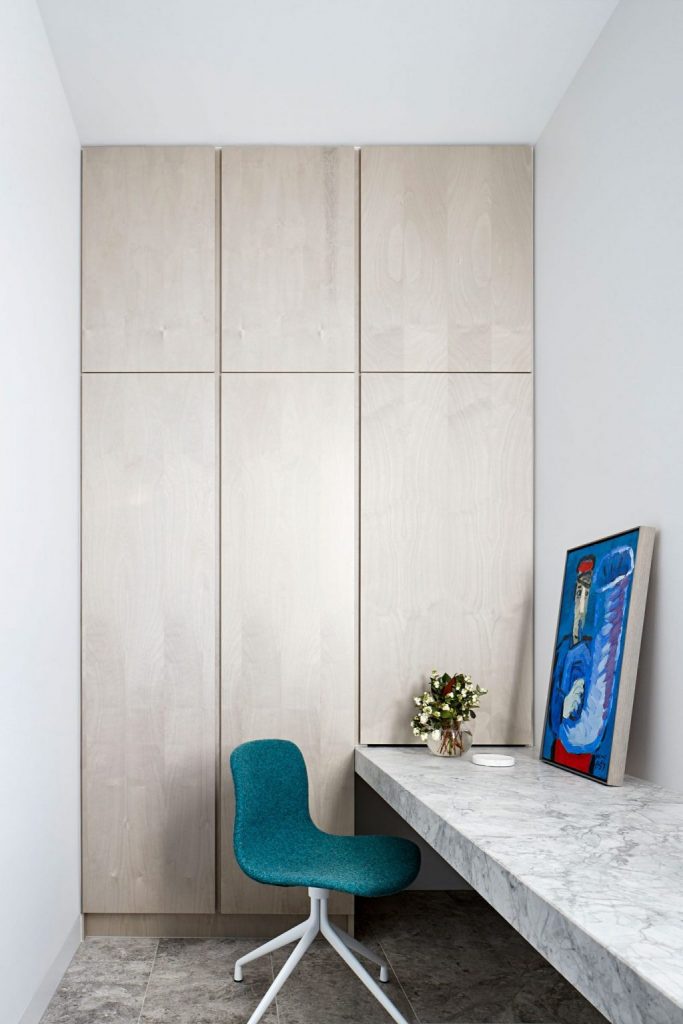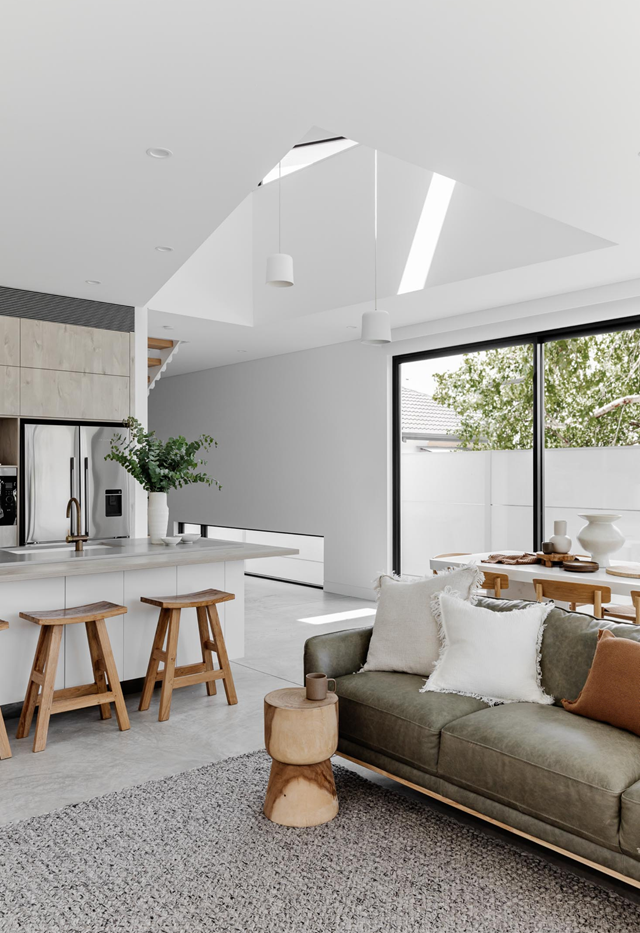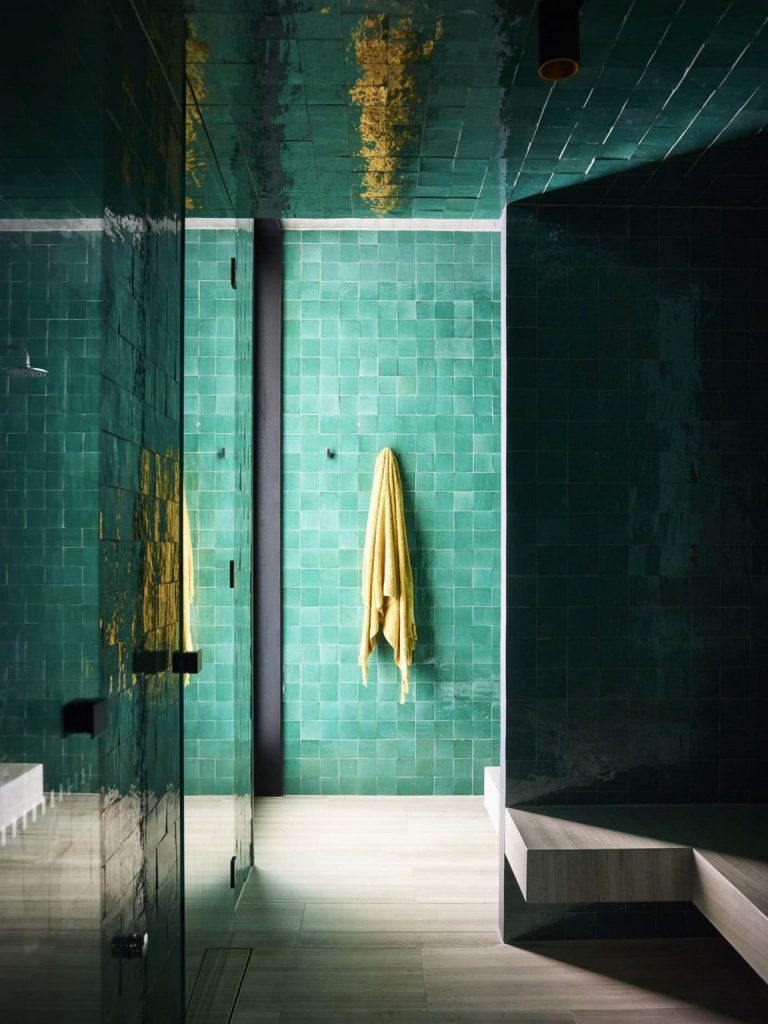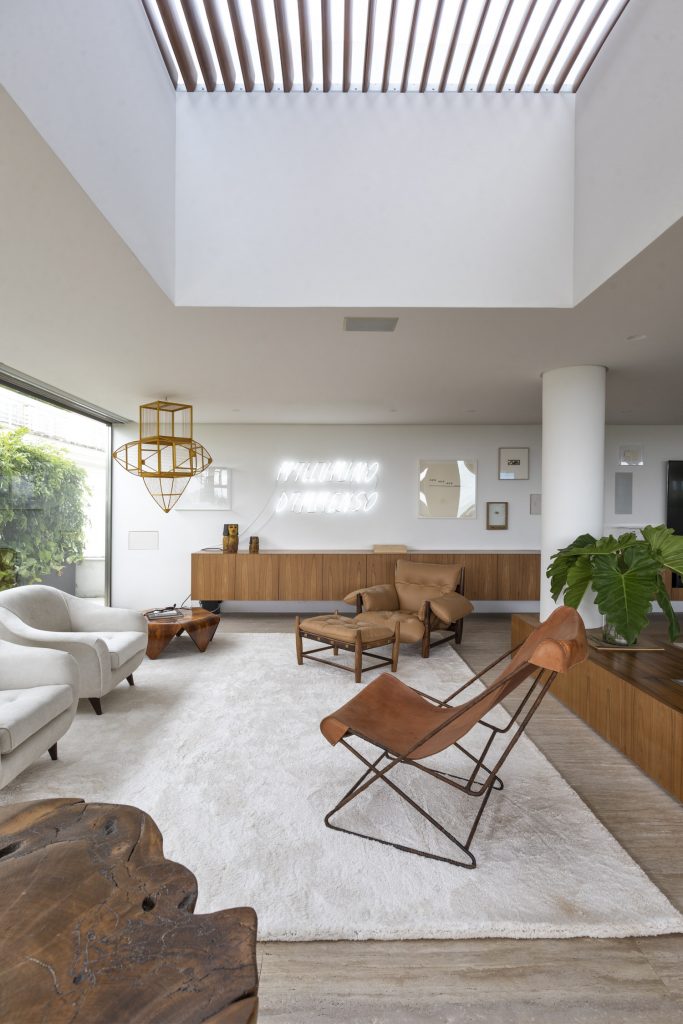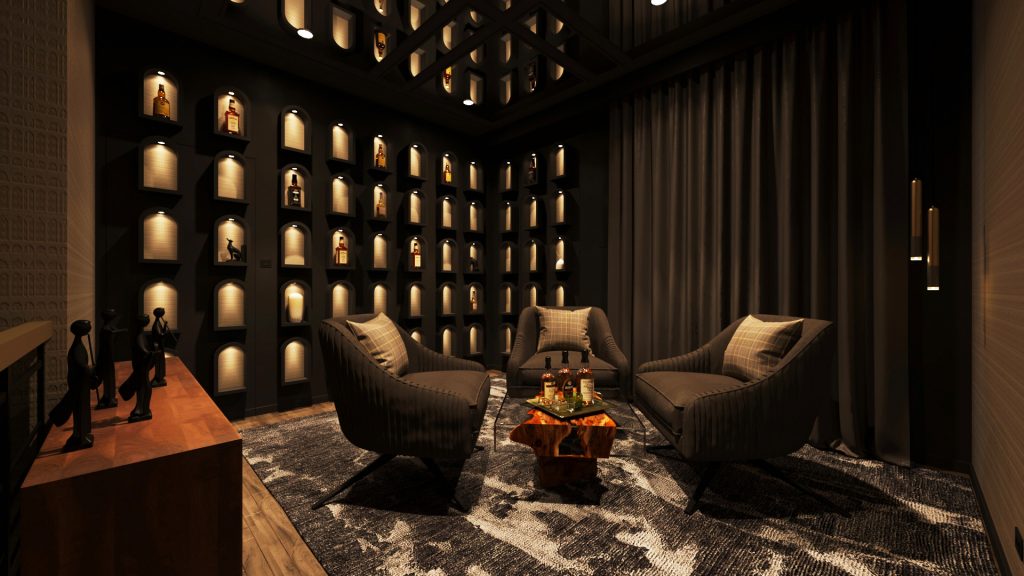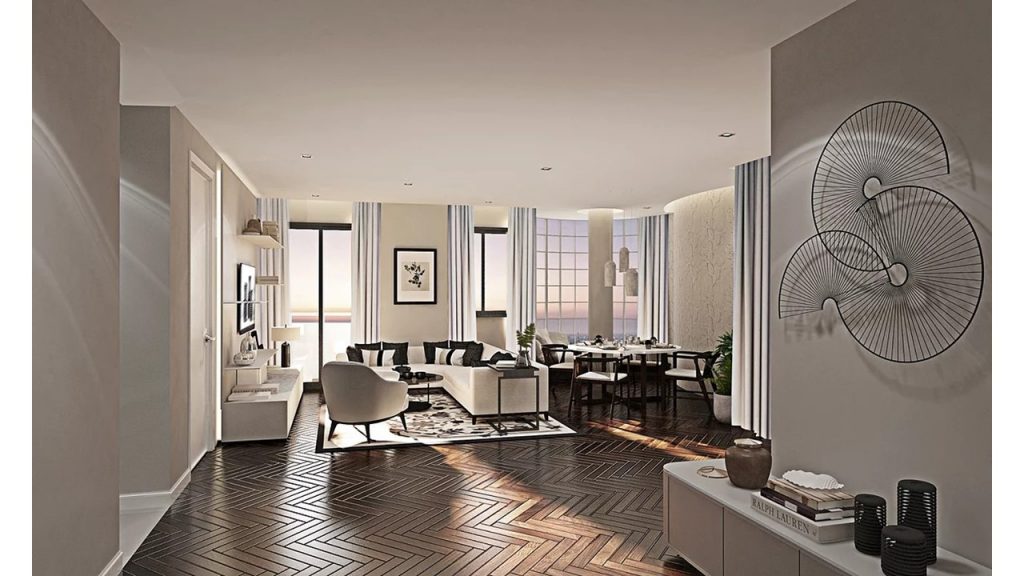Check out their answers for design on a dime!
By Ashima Sethi and Aiden Jewelle Gonzales
In the last two years, many of us can say that we’ve spent a lot more time at home than we ever expected to, leading to a realisation of just how important our homes and our spaces of comfort really are. Our homes, like our lives, go through a series of evolutions and welcome changes, and from collectively experiencing things like lockdown and transitioning to utilising home offices, it’s more imperative than ever to ensure that our homes are fit for our changing lifestyles.
As we’re hardly experts on where to begin when it comes to sprucing up any space, we’re enlisting the help of two talented Thai-Indian interior specialists, Thida Sachathep and Raunak Koslaphirom, each experts in their specific fields, to offer insight on where to get started if you’re looking to start a remodel.
Thida Sachathep
Having moved to Sydney, Australia almost nine years ago to explore interior architecture, Thida’s passions have always been in art, human-centered design, and finding ways to enrich the way people live their lives. Although she has progressed into the online design space over the past few years, she draws from the built environment in her everyday life and work.
A graduate from the University of New South Wales (UNSW) and the University of Sydney with degrees in Built Environment in Interior Architecture, Design, and Interactive Design & the Electronic Arts, Thida is currently working as a UX/UI designer and lecturer, teaching at a few universities in Sydney. In addition, she also does freelance work that ranges across multiple fields. She explains: “Having been part of the industry and working with many clients over the past few years, I always find myself drawing inspiration from minimalistic Scandinavian design and the Japanese Wabi-Sabi aesthetic. Both draw on nature, but the latter focuses more on celebrating imperfections and bringing the outside into the home.”
“In 2020, when the COVID-19 pandemic started, it is fair to say it yielded many occurrences that none of us ever expected. The chief amongst them was realising how much we spend time at home more than we had initially hoped. People work from home, teach, exercise, and even socialise (from a distance). Because of this, I have created a list of tips that can help you make small changes in your home to cater to new lifestyles.”
Literally Going Green
By ‘literally going green,’ I don’t mean living sustainably, although that’s also something the interior field focuses on. I mean adding plants into the home. Since we are home all the time, minor additions such as these can make you feel better, can purify the air and increase productivity (there is a lot of research to support this).
This can be done in various ways, such as having plants on the balcony or creating vertical walls, even adding flowers inside the home to bring it to life. Unlike myths in the past, certain indoor plants can be pretty easy to take care of. These include (but are not limited to) Parlour Palms, Rubber plants, the Fiddle-leaf Fig, and Birds of Paradise.
Focus on Natural Light
Research has proved that exposure to daylight improves one’s overall wellbeing and mood. Apart from making the home look brighter and lighter, natural light can also make any interior space look more open and expansive. Paired with the right flooring and warm white walls, an abundance of natural light can substantially benefit our health.
Designated Zones
Closely following the need to work comfortably from home during lockdown or quarantine, it is vital to recreate and designate a space in your home solely for work. While the dining room table may have been suitable for a few days or weeks, people should seek permanent home office solutions in a spare room. Doing so will mentally enable us to switch off, rather than permitting our work and home lives to overlap.
Natural-inspired Tones
Colour is always regarded in the design industry as something we can use to attain certain emotions. Each colour has strong psychological effects and can impact the way people perceive things. Adopting a natural-inspired tone in the home will make the interior more comforting. This can be inspired by a range of sites like the forest, the desert, or the ocean – all transporting us to places that we can vicariously visit. For example, the rise of colours such as a deeply nourishing and luscious green with a slight blue undertone can remind us of being submerged in the jungle.
Embracing Wellness
In 2021, the industry is seeing a refresh. The living room becomes the heart of the home, a space where the entire family gathers to binge-watch Netflix or quietly read a book. For this reason, there is more emphasis on creating a welcoming and functional space that induces wellness. These environments can be elevated with the addition of candles, diffusers, and even textiles that boast soothing colours and tonal balance. These elements can increase overall mindfulness, relaxation, and urge us to switch off mentally.
Raunak Koslaphirom
Raunak Koslaphirom is the Founder & Lead Designer of dwrinteriors (www.dwr-interiors.com), a boutique design studio for hospitality and residential interiors, with a particular focus on timeless designs and principles for their clients worldwide. Having graduated with a Bachelor’s degree in Architecture from Assumption University, he embarked on his interior design career in Qatar with Design Bube, an American design company, as part of the design team for the Banana Island Resort Doha by Anantara. In 2014, he moved to Dubai to join prestigious design company Design Worldwide Partnerships (DWP), and four years later, he brought to bear his experience working alongside world-renowned hospitality brands such as Anantara, Starwood, and Fairmont, to start his own interior design practice in Bangkok.
” I was fortunate to be exposed in the most competitive environment in the Interior Design industry, and that is where my love for it emerged, ” he reveals. “I loved the idea of breathing new life into a space, and that it involved a whole new level of aesthetic details compared to architecture. Anyone who knows me well will know that my personal style brings out the best in dark aesthetics, and leans towards classic and contemporary shades of blacks, greys, whites, beiges – these colours are a must own!”
Harnessing his years of experience in design, he gives expert insight on what to look out for when improving your home:
What would you consider some hard-and-fast rules of interior design?
A simple principle when designing a space means purpose and functionality precede everything else. Assessing the details of a space can feel boring, but capitalising on the early stages is critical. Don’t forget that budgeting is the one true key to unlocking the best outcomes, and prioritise quality and timelessness.
For example, create a focal point that the eye is naturally drawn to before diving into beautifying details. Do not kill the importance of the view by over-accessorising, as it’s important that the space is still going to look good in ten years’ time.
What are some of the ways that people can change a room to maximise the space available?
Visual balance is important when designing each space. An open floor plan is a great way to achieve the maximum space quota and eliminate unwanted joinery details. Most clients forget that shopping for exclusive showpieces that are movable does the same job as built-in units, plus it reduces obstruction. And curves! Do not ignore curvature in design.
What advice would you give in terms of choosing colours, patterns, furniture, and even themes or styles?
Selecting themes or styles can be intimidating as there’s a wide defined or undefined range. Always create mood-boards. Once you approve a concept, put a stop to that stage because designing can become never-ending.
Never buy your furniture in one place – curate it to suit your style and complement one another. One should always consider bespoke pieces; an honest room will somehow always feel up to date.
A simple trick to help the paint selection process would be to place the paint swatches upright against the wall because the lighting drastically changes how the colour appears when it’s not parallel with the wall. If you fall in love with a colour but it somehow feels too dark, consider ordering the paint at a lower strength. Lighting (natural or ambient), plays a massive role, and mustn’t be ignored in the design process.
Do you have specific interior design advice for different rooms?
Yes! Firstly, in the kitchen, balance functionality with beauty by going dark in this high-maintenance space, as it adds drama, sexiness, and timelessness. And my favourite, go matte! It never goes out of style.
In the living room, select the right furniture. If possible, sofas should not be completely backed up against a wall for better flow and a more conversational space. Curtains should be hung all the way from the ceiling and not just above windows so it does not shrink the room visually.
Dining should always be considered a priority because this space does dictate your social lifestyle. If you enjoy hosting gatherings, a misjudged table can be fatal. A durable and practical dining set is a highly-favoured investment.
As for your bedrooms, in my ten years of experience, I’ve found that lighting brings out the best in them. It’s important to create the perfect ambience level for good sleep. In the adjacent powder room or bathroom, a floating vanity countertop is essential as it opens up the concept of open shelving and ensures the floor seems spacious and easy to maintain. My biggest tip? Invest in big tiles and glass walls/mirrors – this aids in in minimising the grouts and provides a much-needed visual balance that most people desire.
What is the one thing that people shouldn’t compromise on when it comes to design?
Besides budget and being totally non-biased, always consult a professional interior designer. It makes the utmost difference, as they are able to visualise the space and design details that one does not typically see. Designers assist in planning prior to starting any kind of investment.



